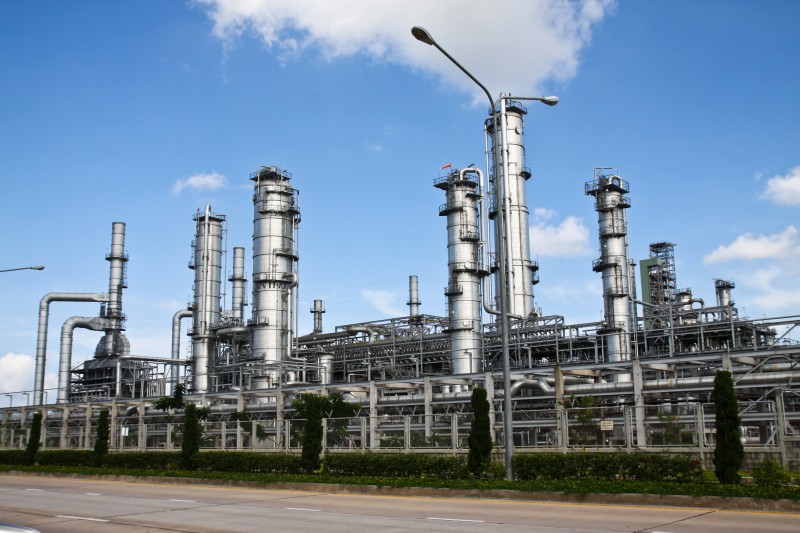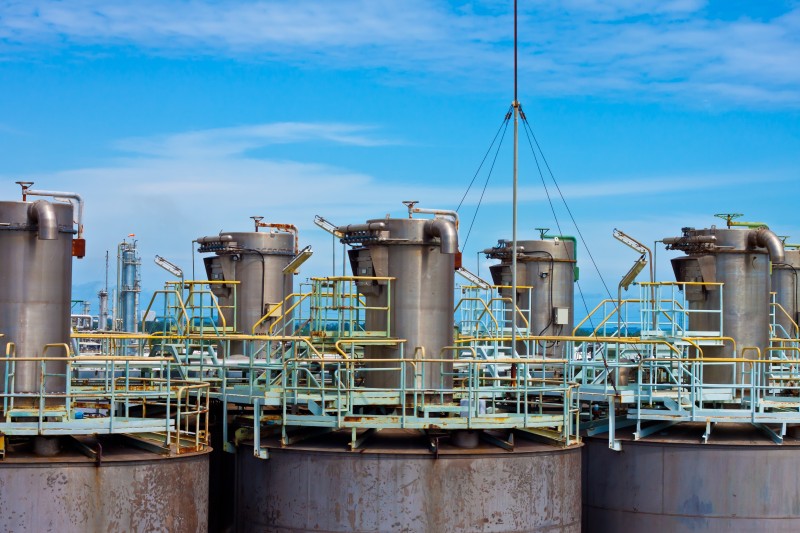Air pollution occurs when high concentrations of harmful substances released into the air stay long enough, causing harmful effects. Human activities cause the largest percentage of air pollution. Combustion processes are the biggest contributors stemming from increased industrialization. Air pollution control techniques are designed to eliminate or reduce atmospheric emissions.
Catalytic air pollution control methods are efficient and practical methods to lessen the negative effects of air pollutants. This method uses catalytic oxidization and reduction processes to treat harmful air pollutants using catalytic reactions.
How They Work
In the Catalytic air pollution control process, the air is heated in the oxidizer chamber before coming into contact with the catalyst. The type of catalyst and its activation temperature determines the temperature at which air is heated. When the dirty air is exposed to the catalyst at the right temperature in the presence of oxygen, the volatile organic compounds (VOC) are destroyed and converted to carbon dioxide, heat energy, and water vapor.
Uses and Benefits
Air pollution control system manufacturers advocate for this method because it is reliable, especially in low VOC processes. It is cost-effective due to its low energy needs and has little impact on the manufacturing process with few nitrogenous and carbon emissions. Catalytic air pollution control uses less gas leading to fewer gas combustion by-products.
Industrial applications of this method include automobile manufacturers during engine testing, odor control, pharmaceutical industries, coffee roasters, bakeries, and coating and laminating processes. Air pollution control system manufacturers have created automated controls that are easy to use and efficient use in industrial operations.
Contact Air Clear LLC at www.web.net for air pollution control systems.


